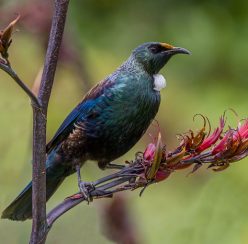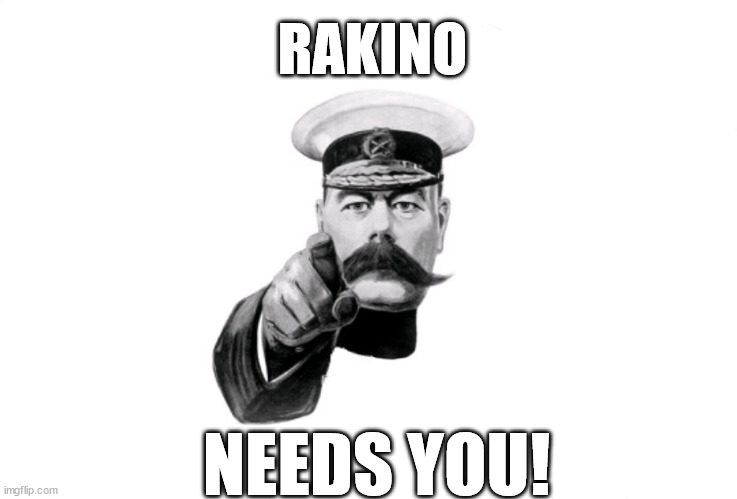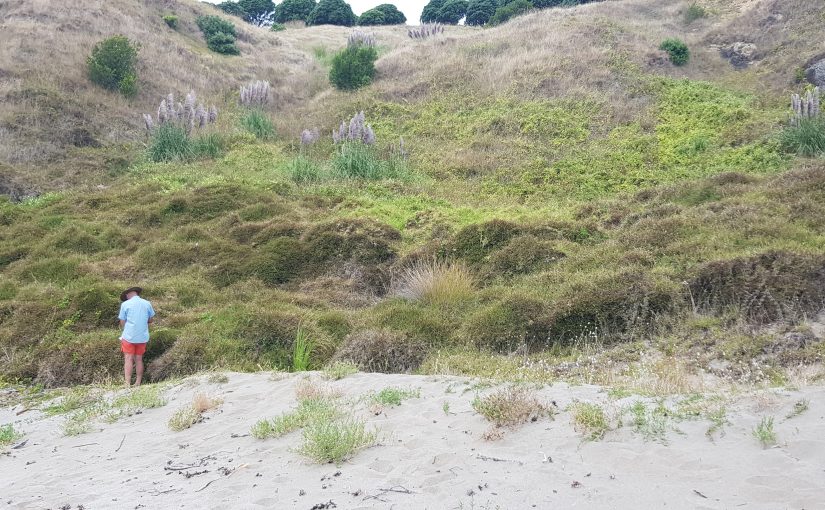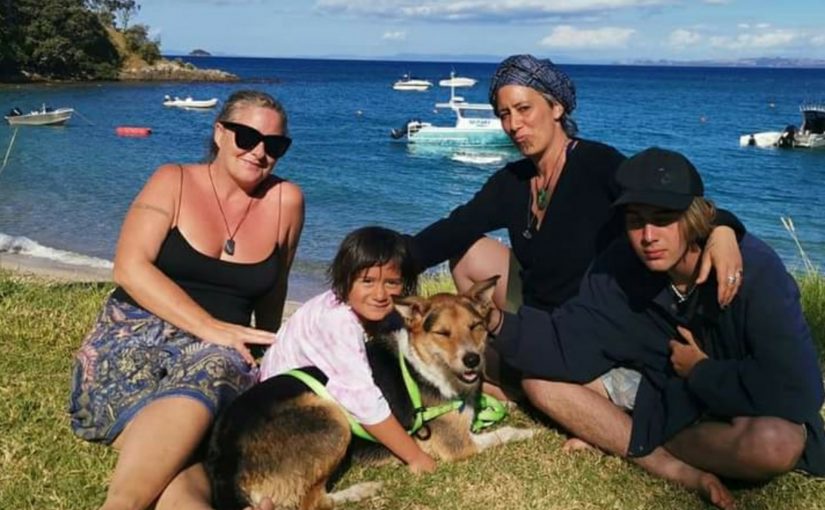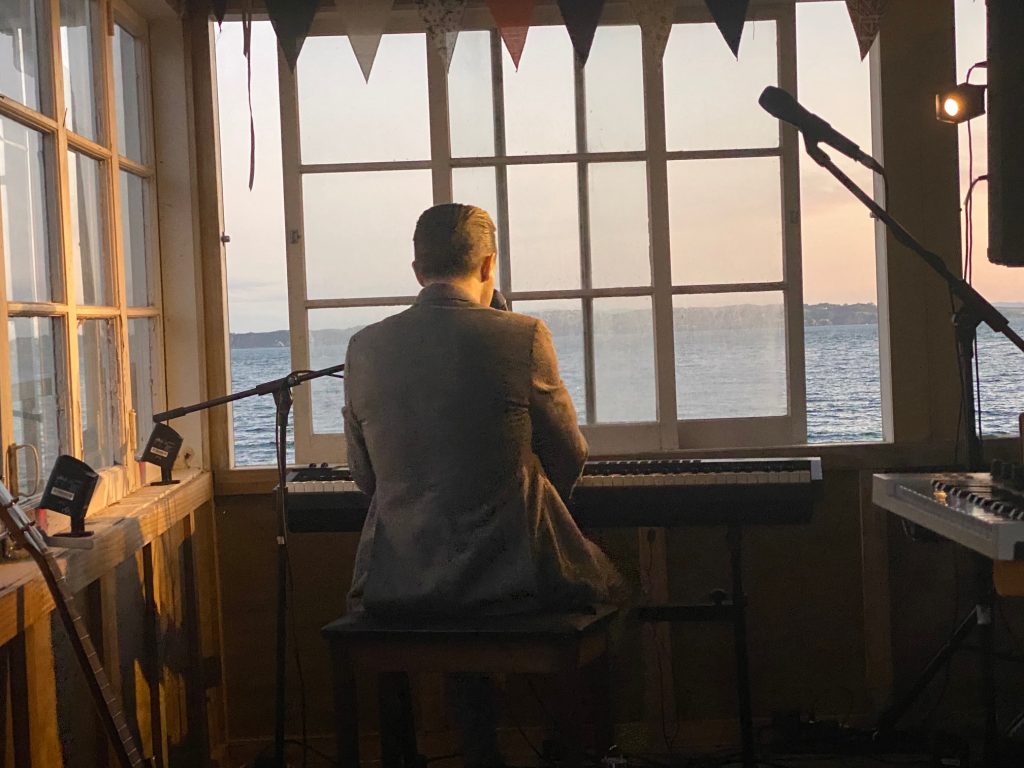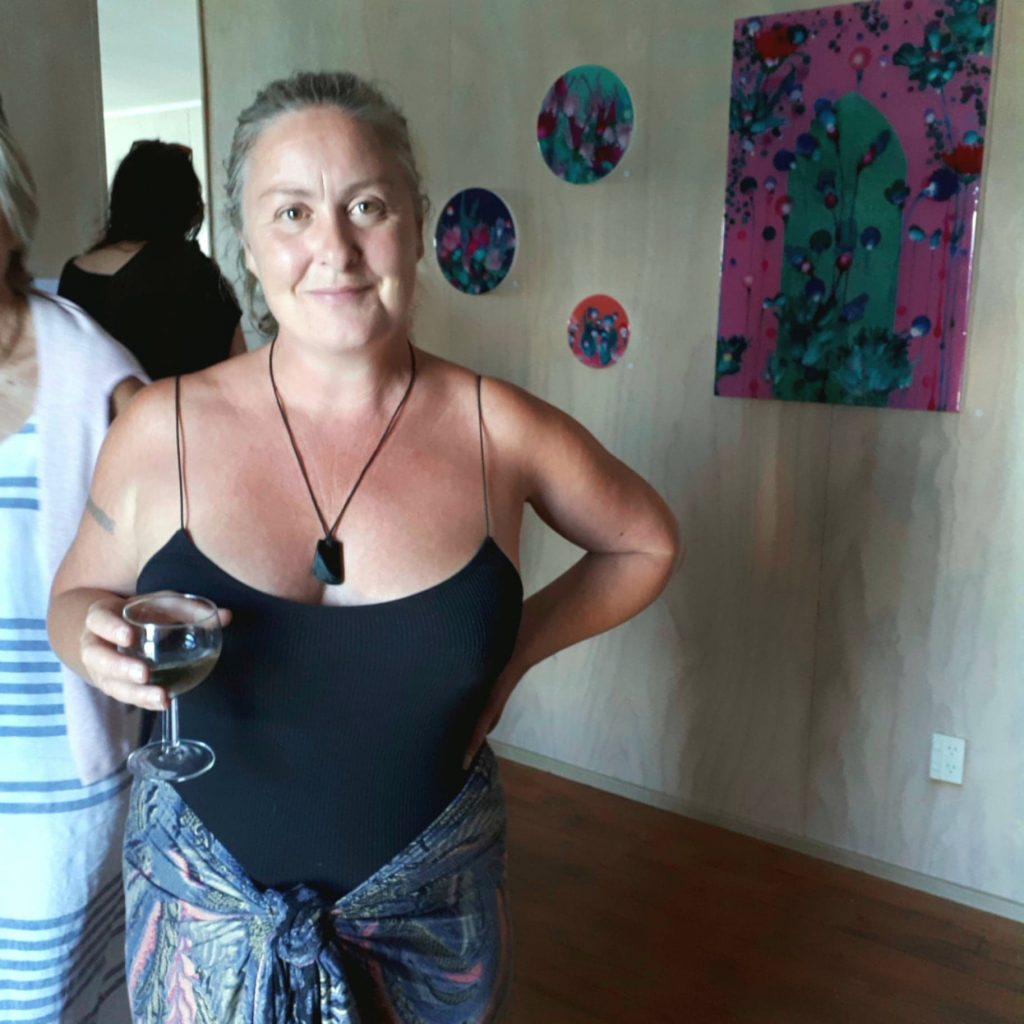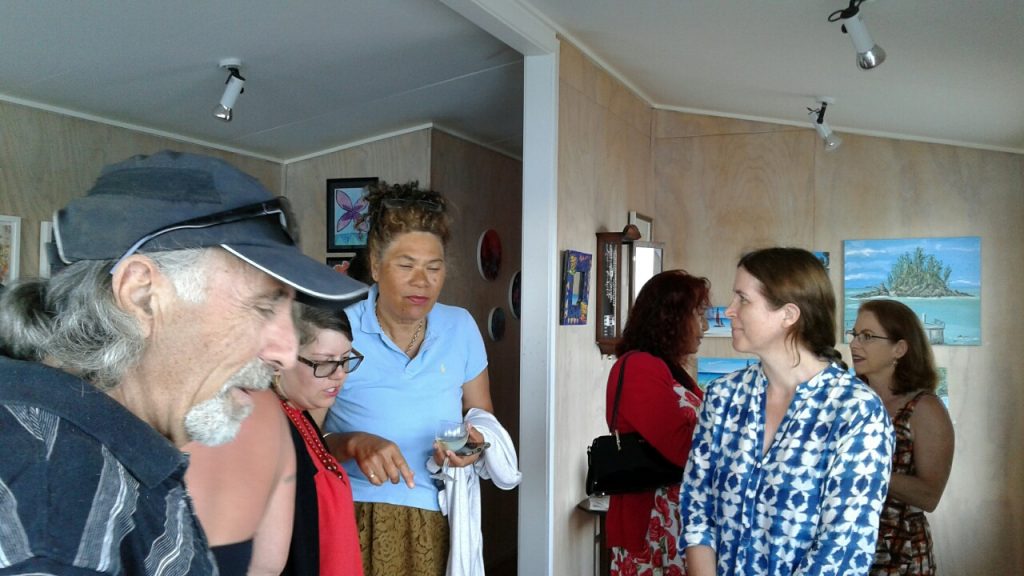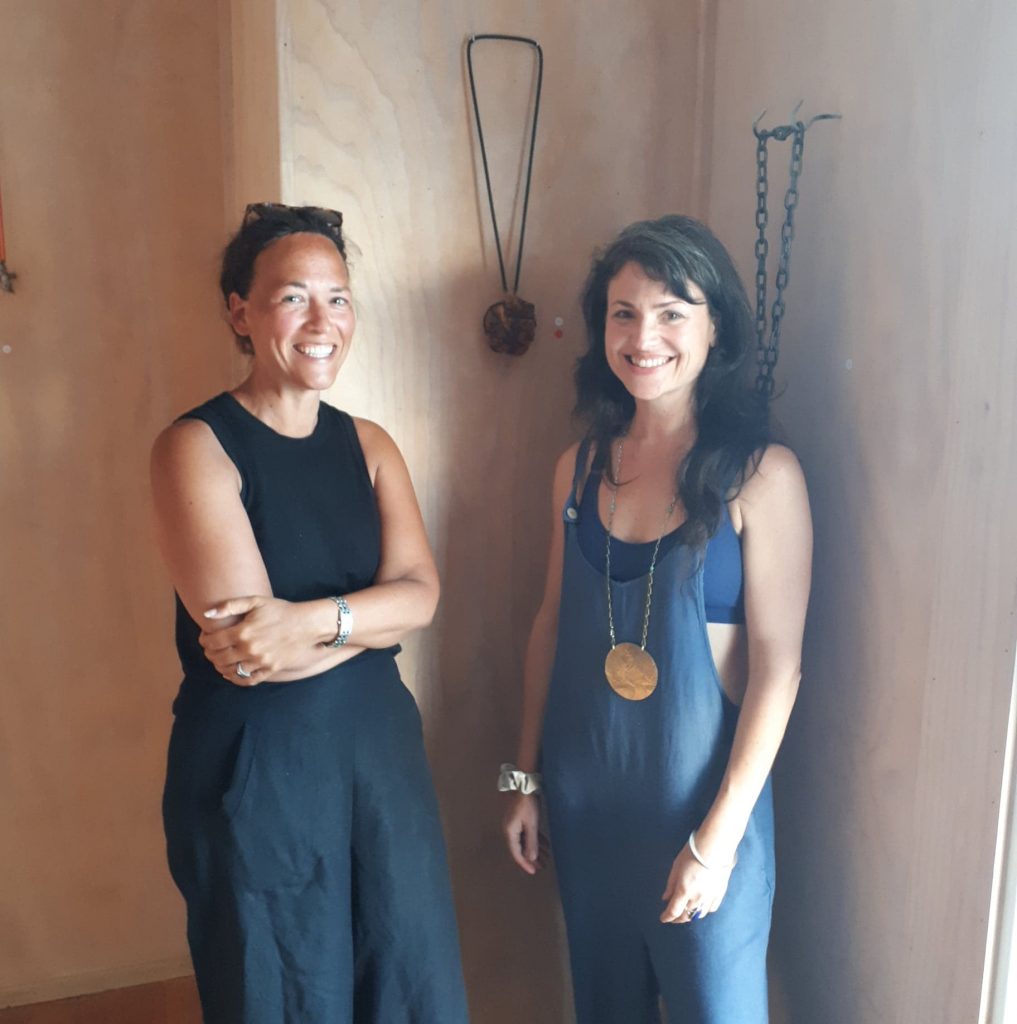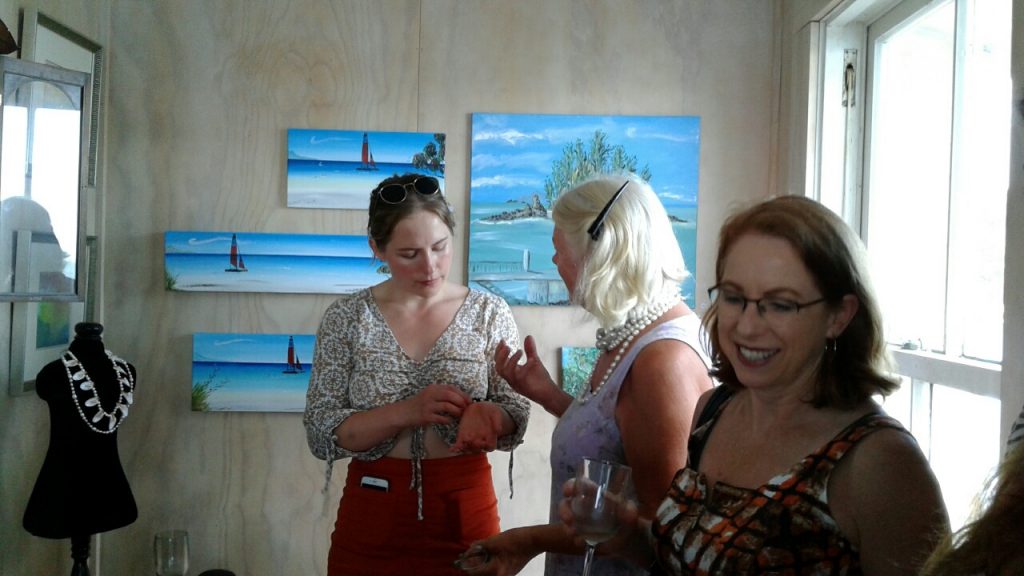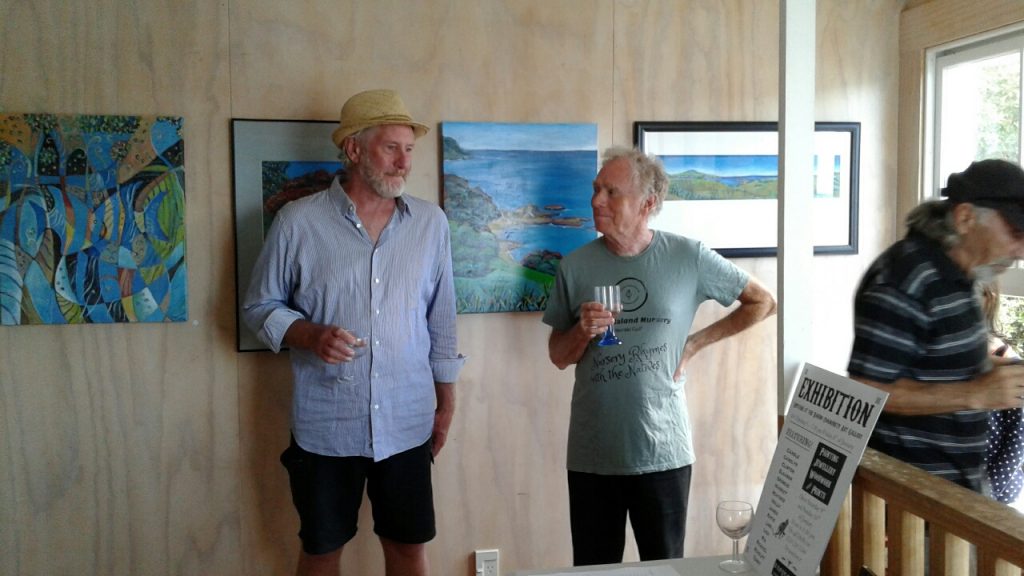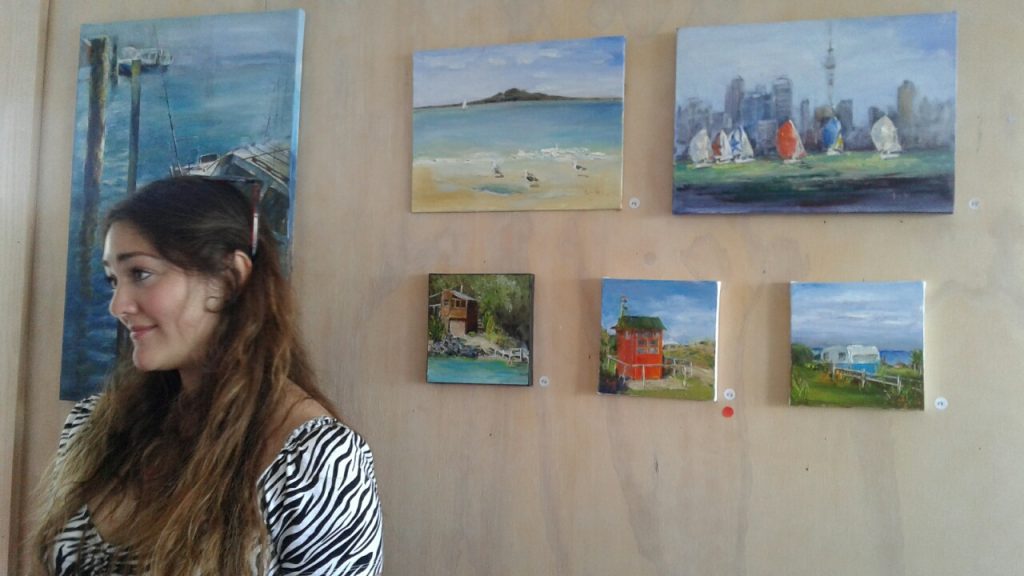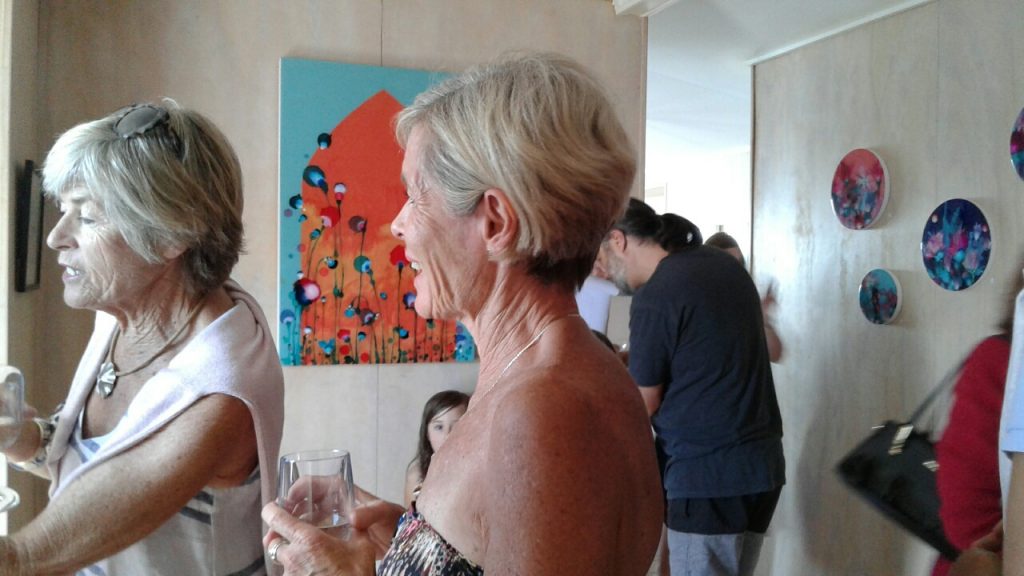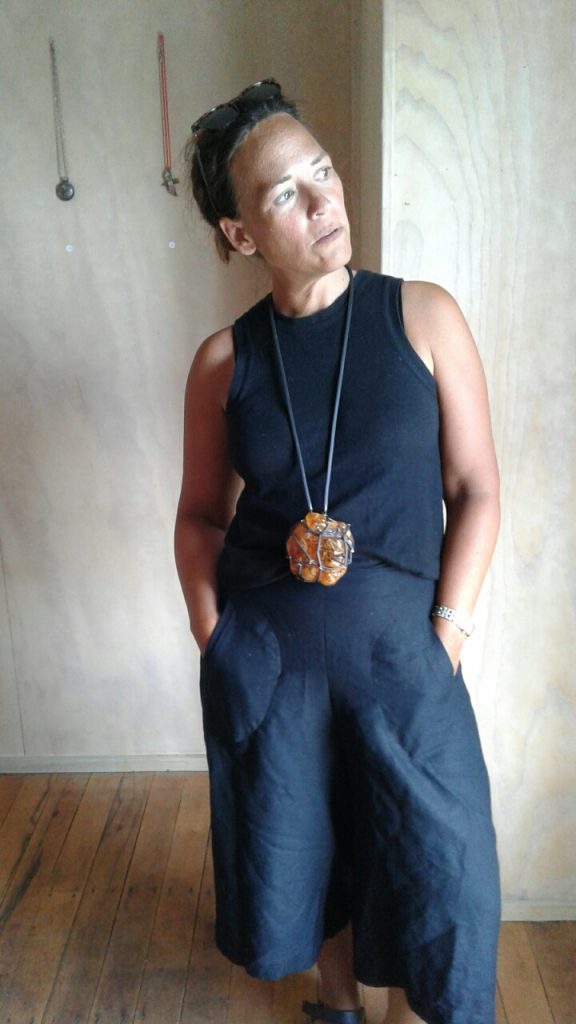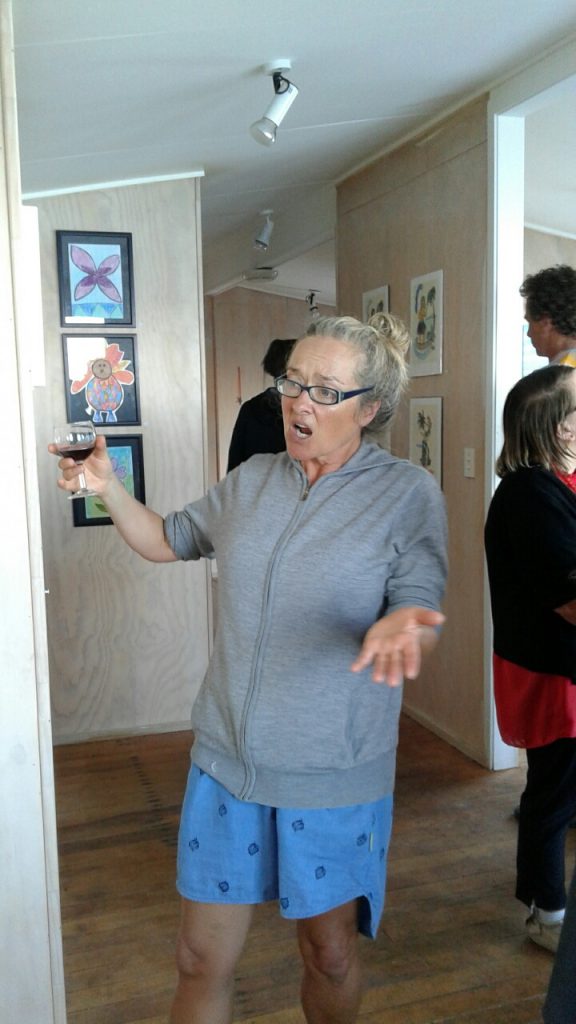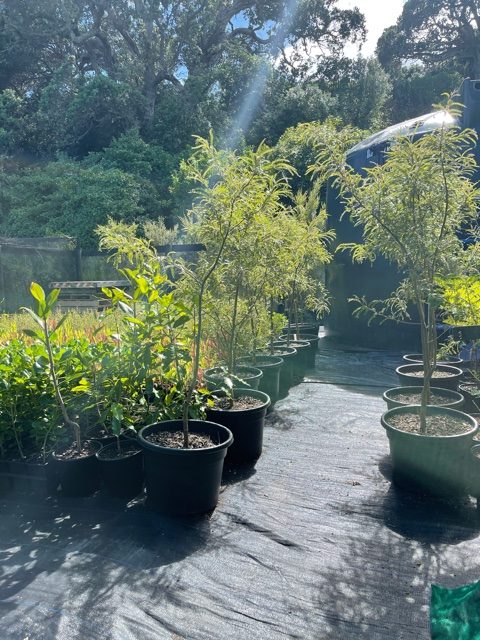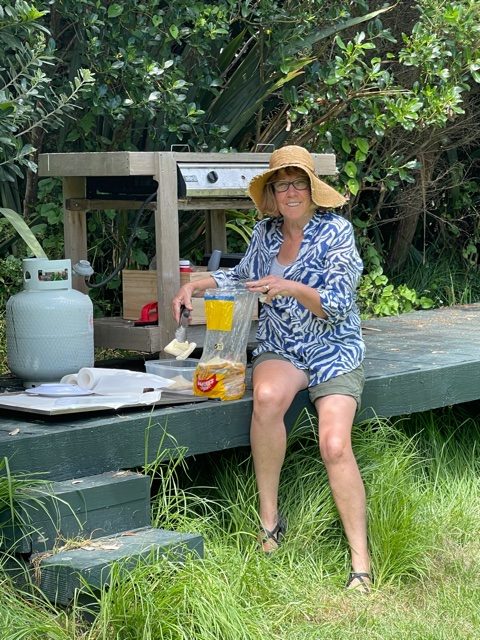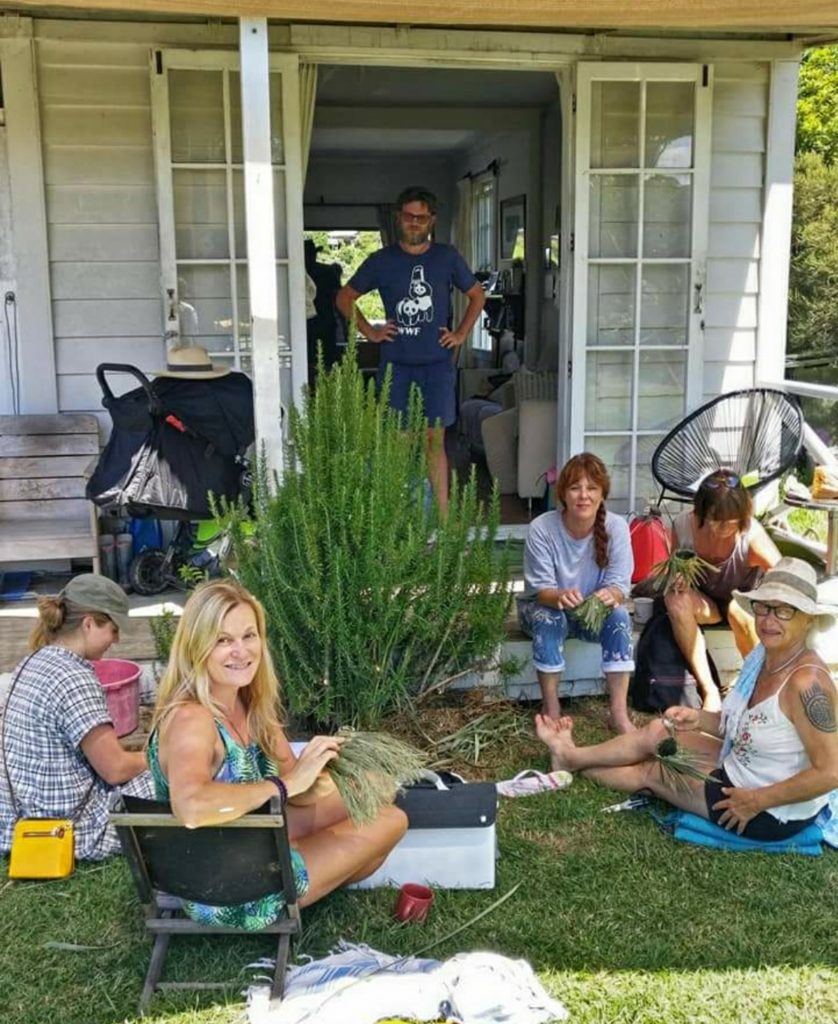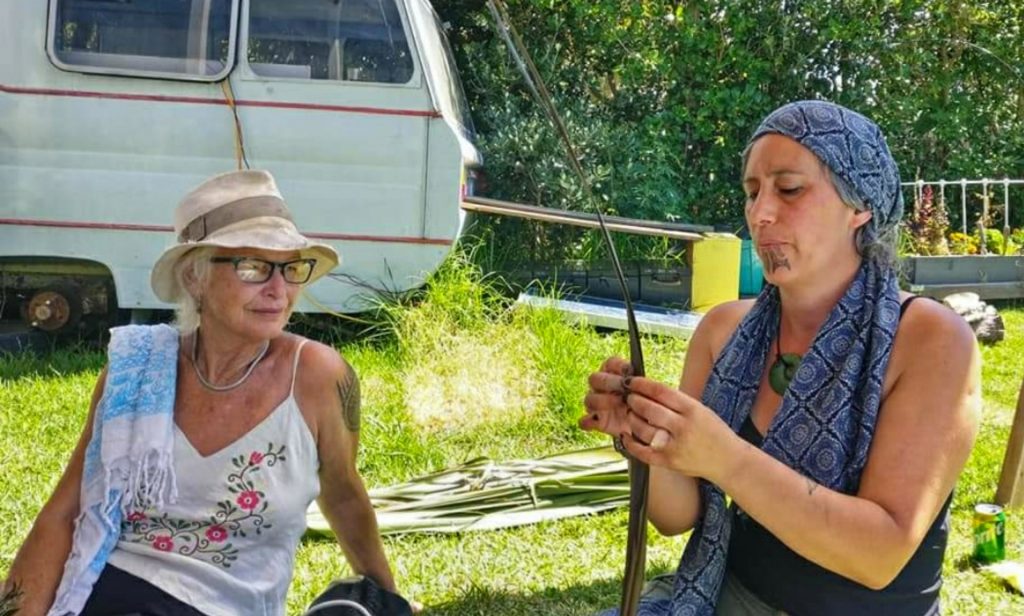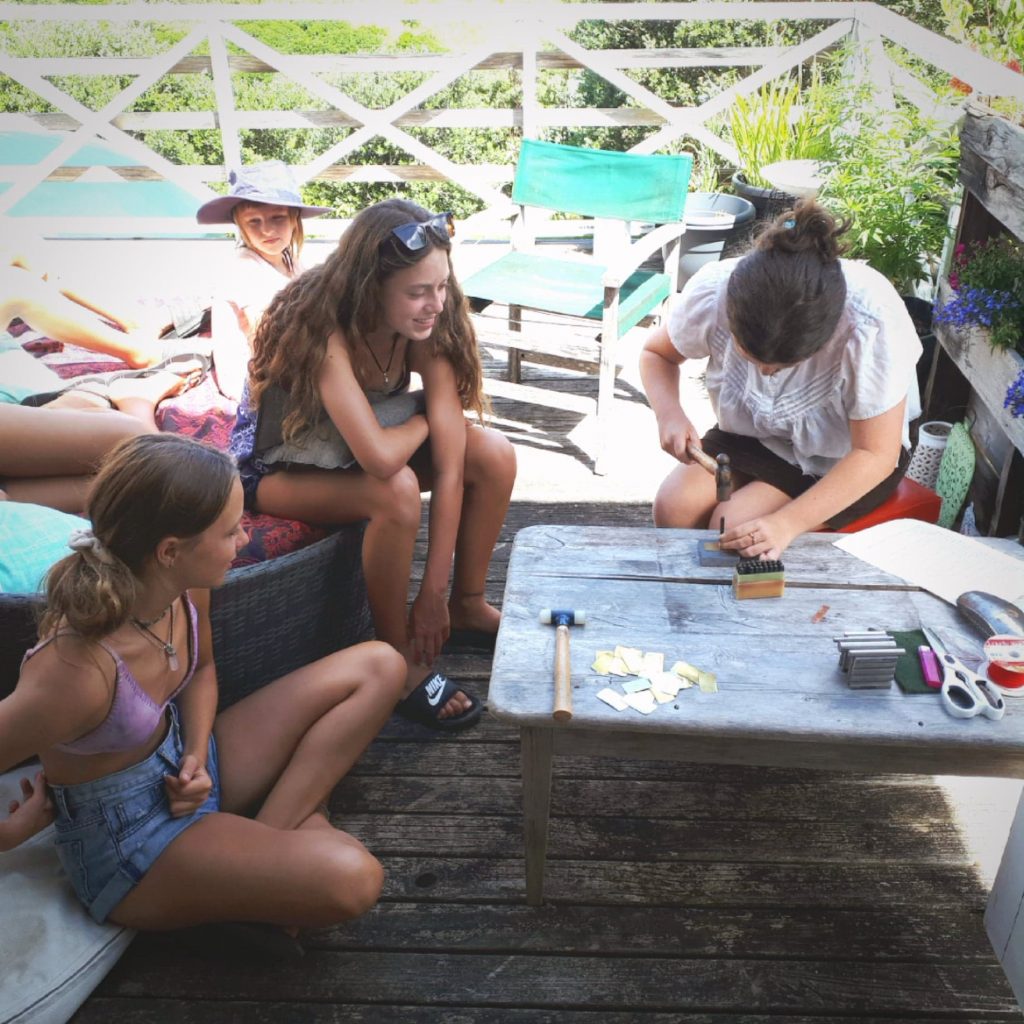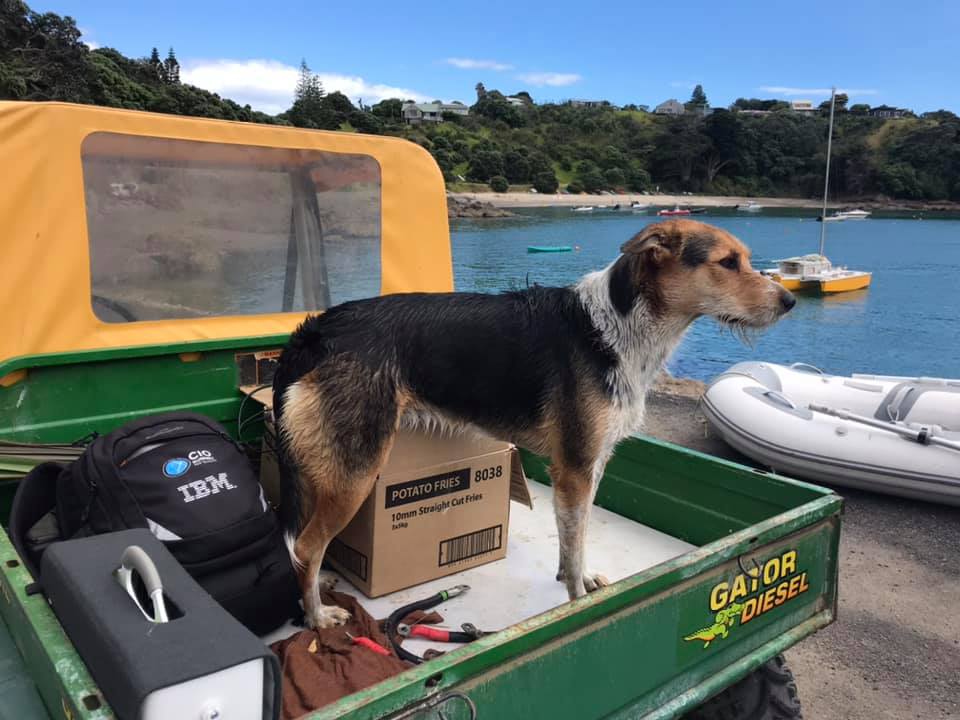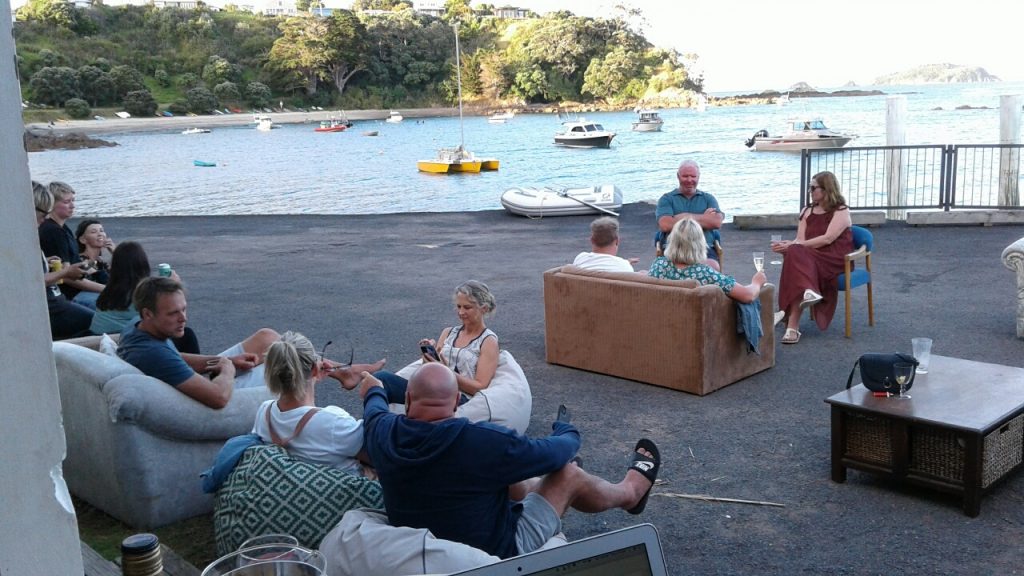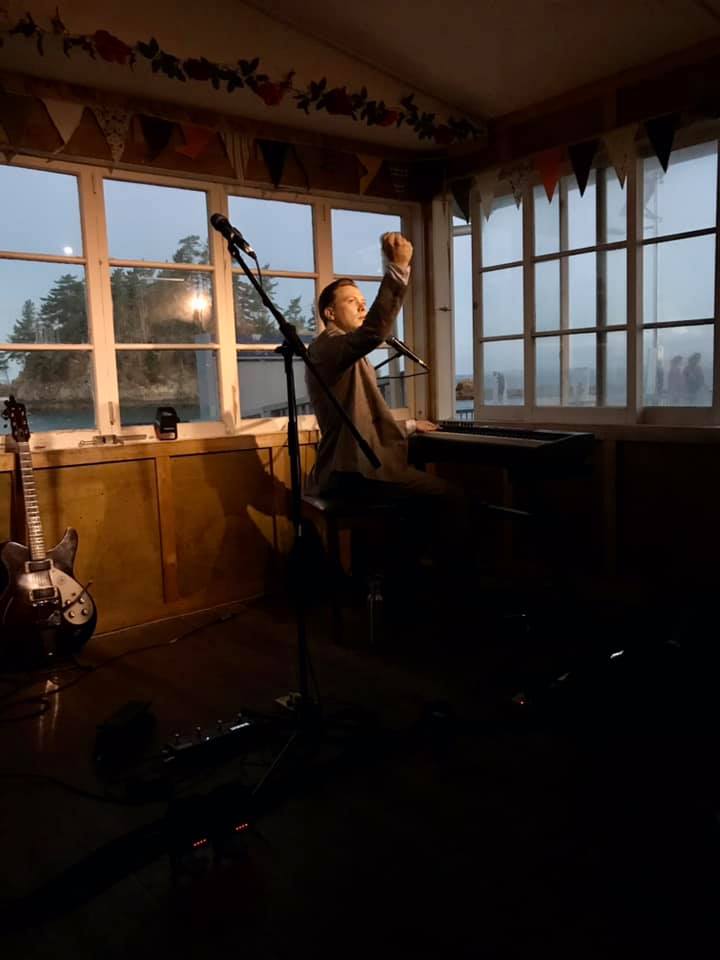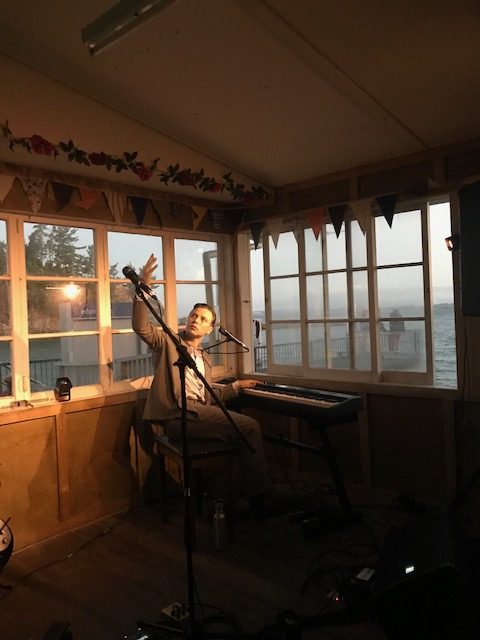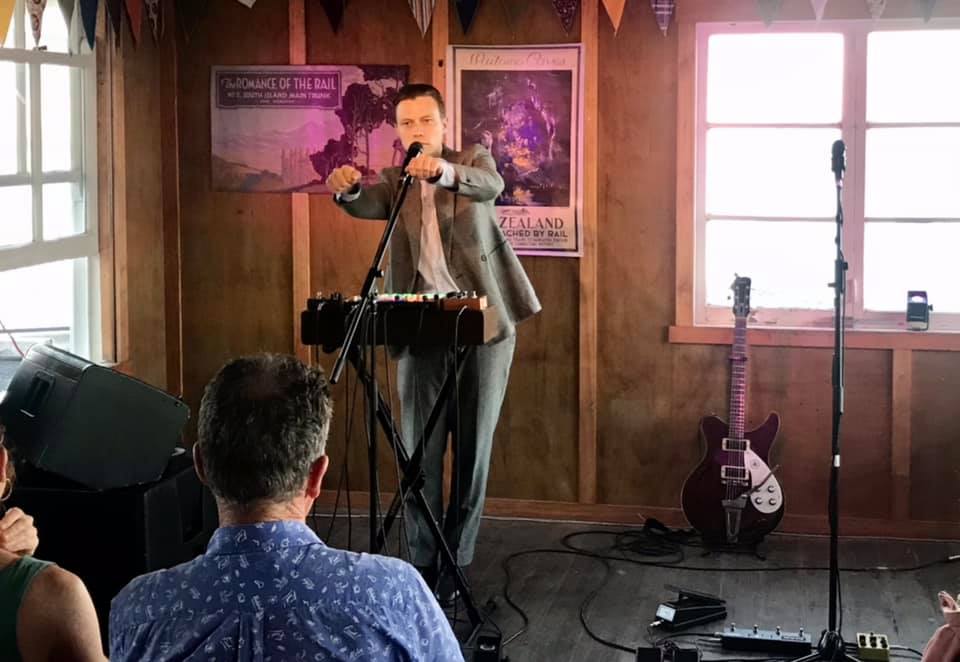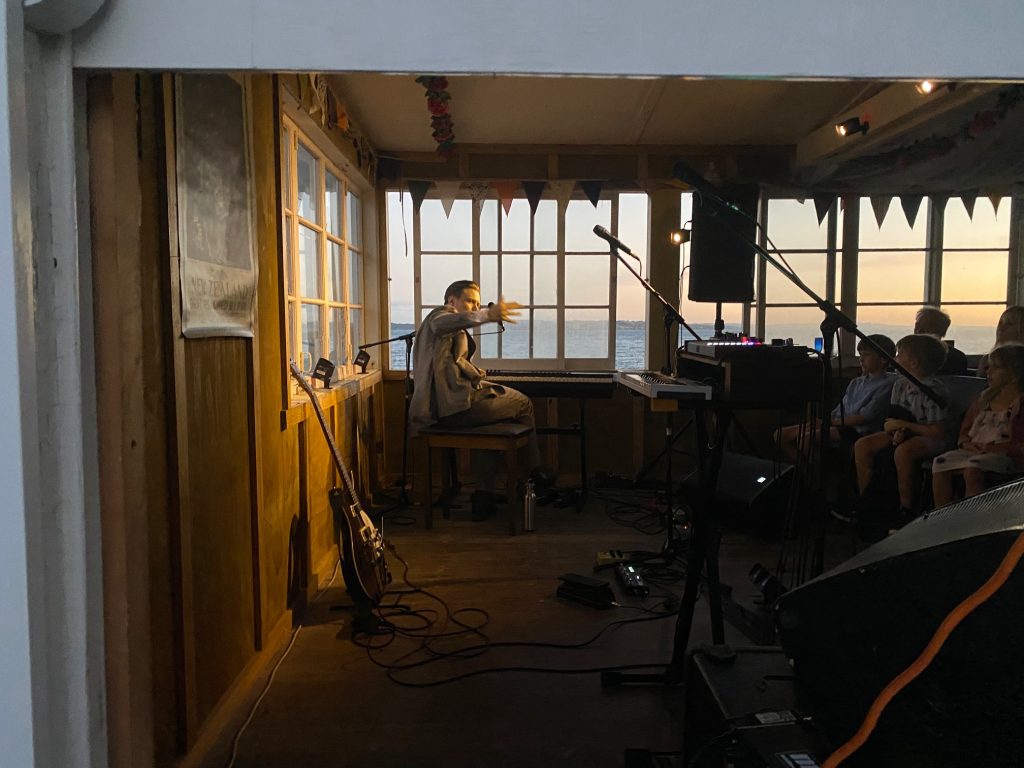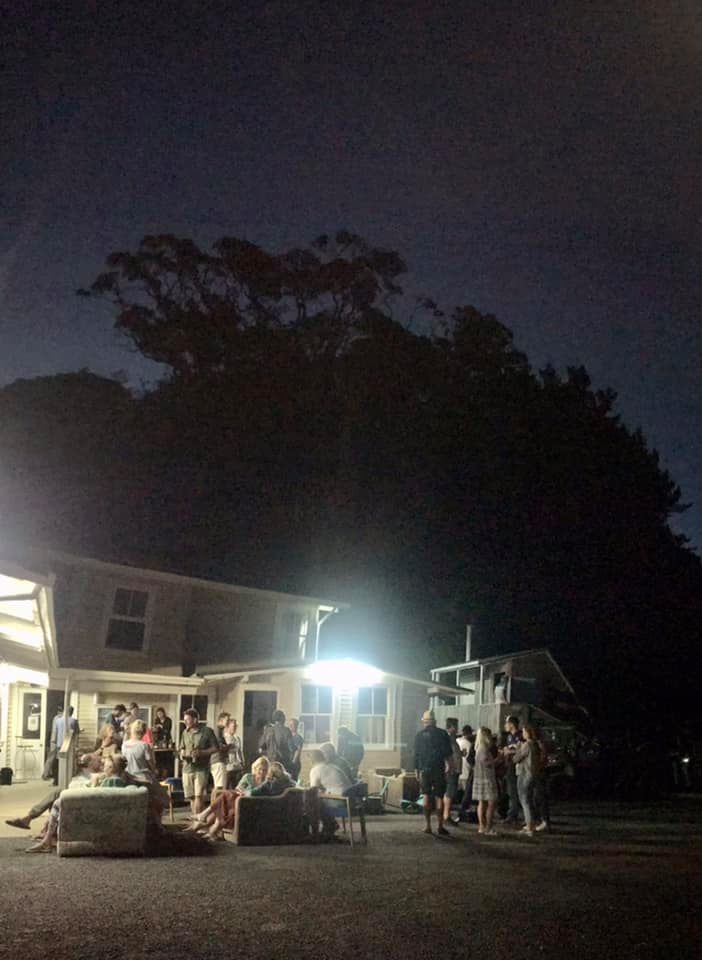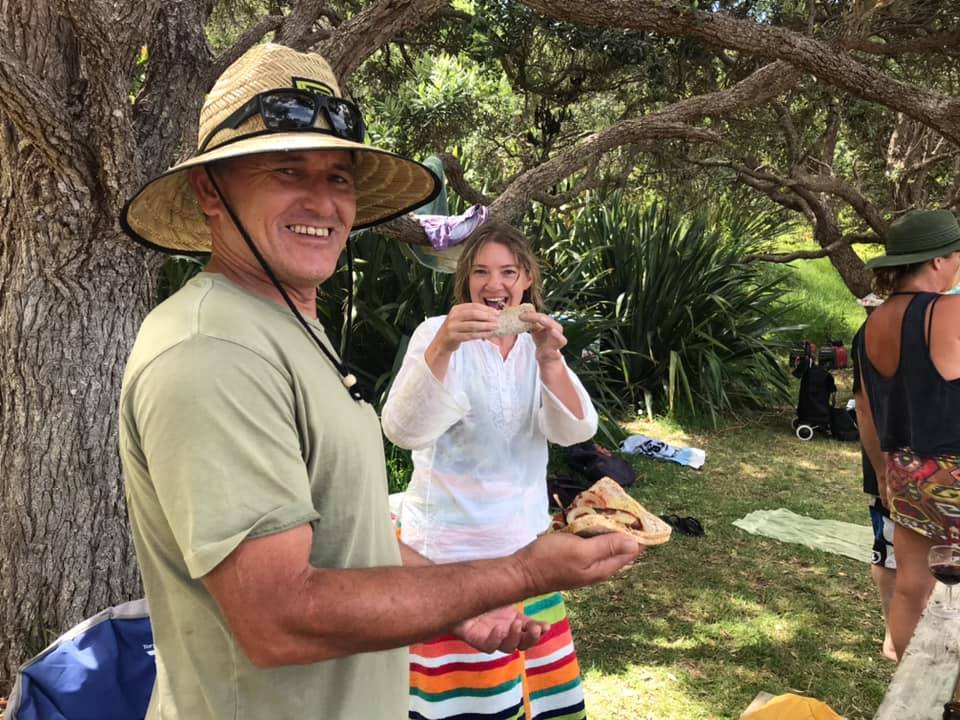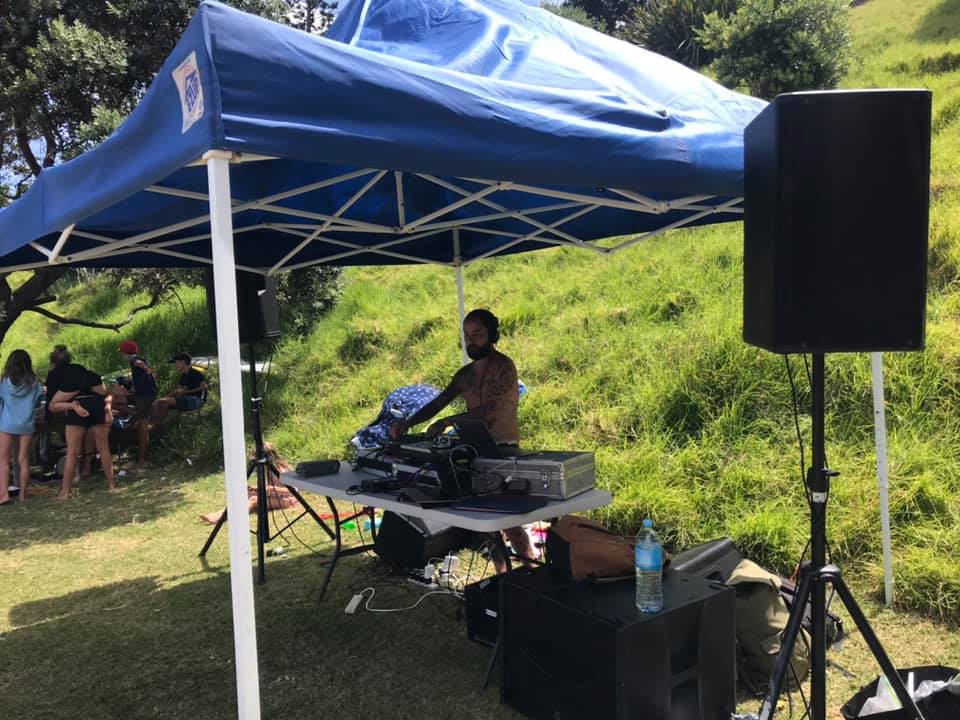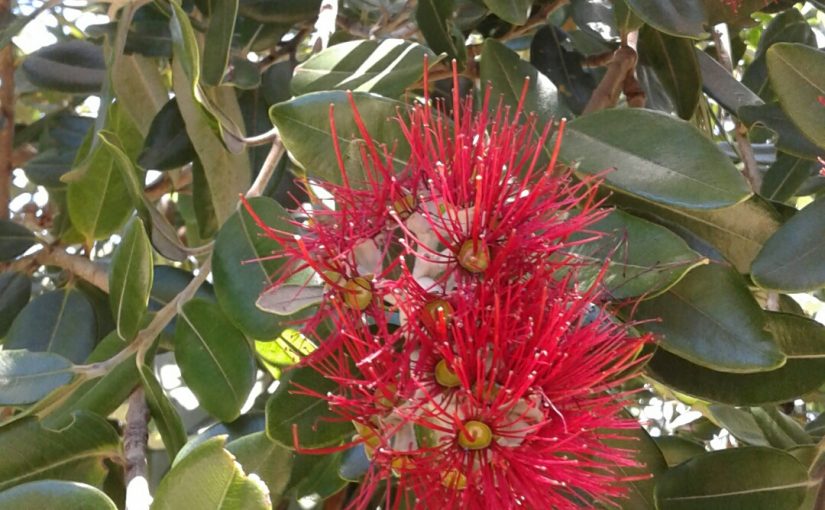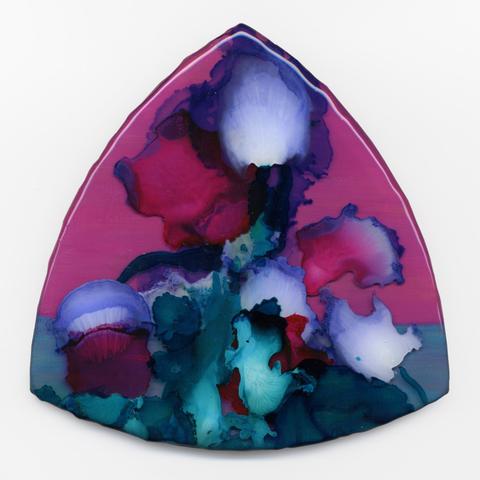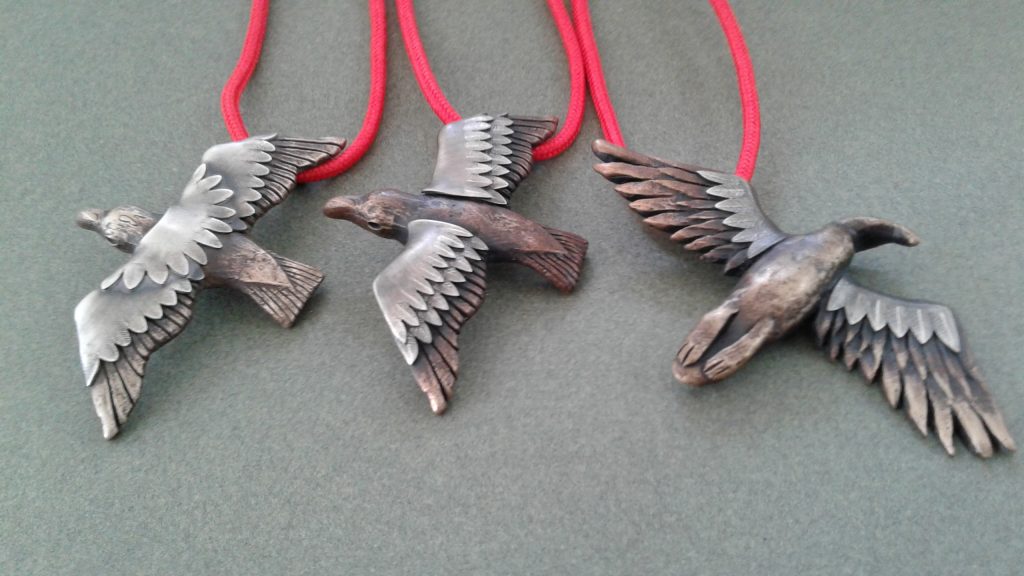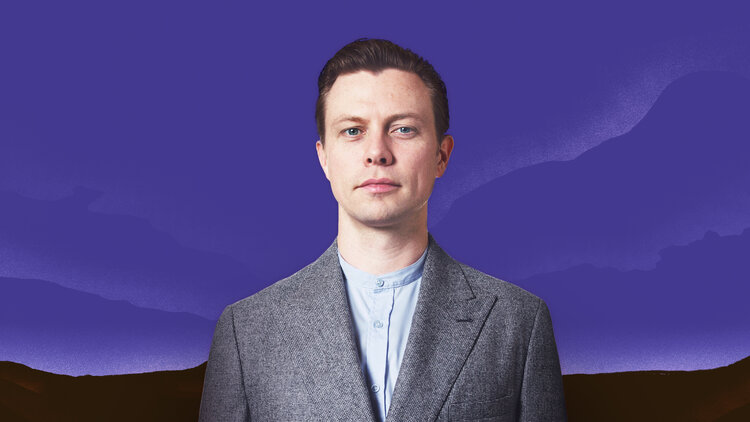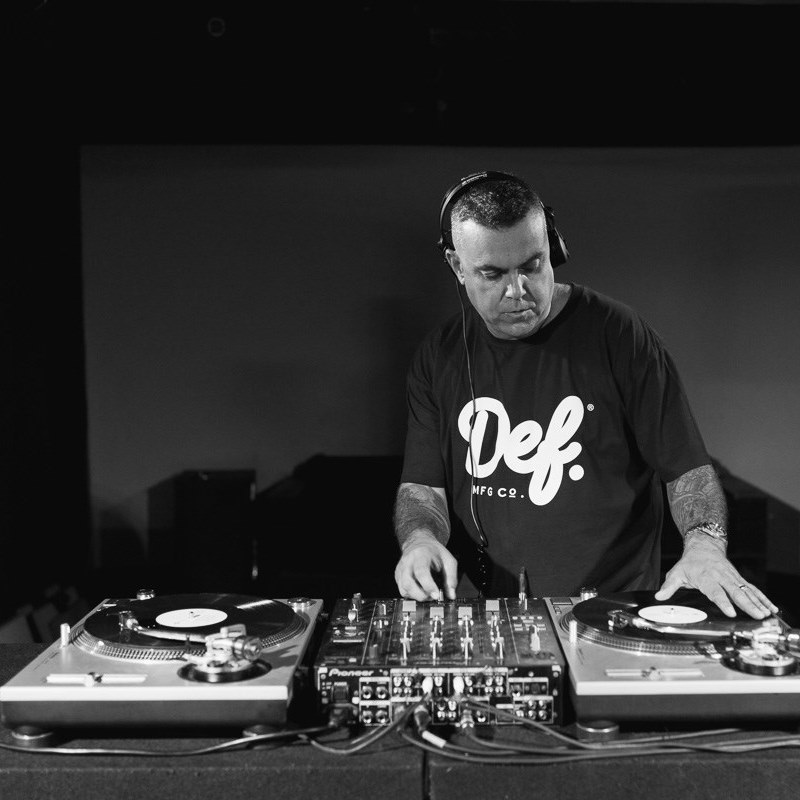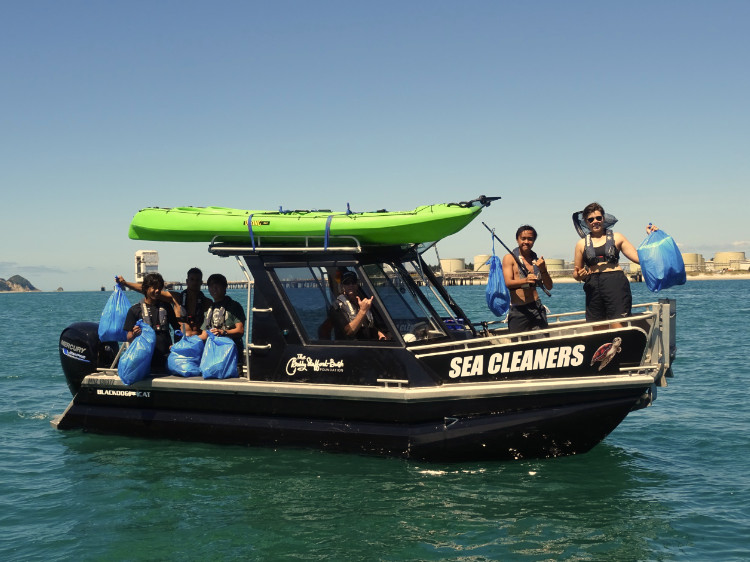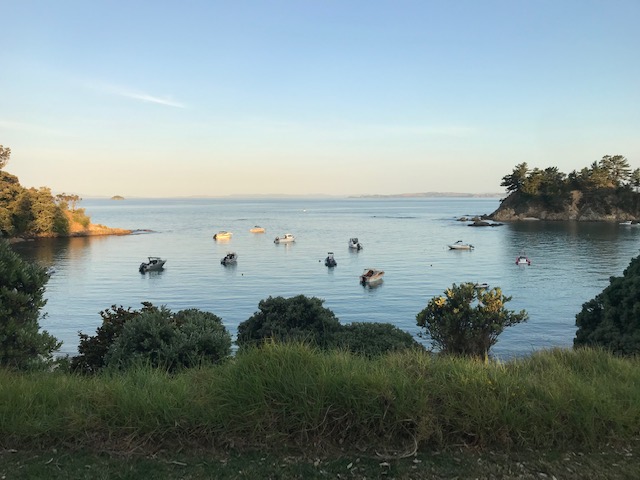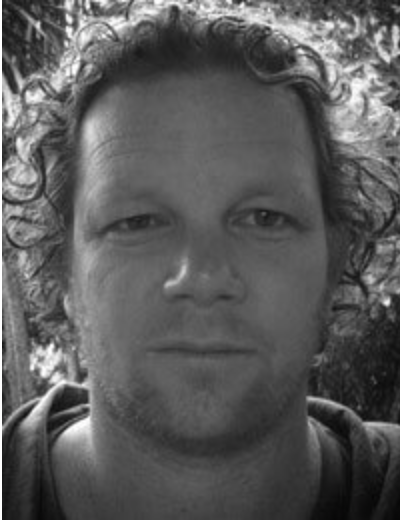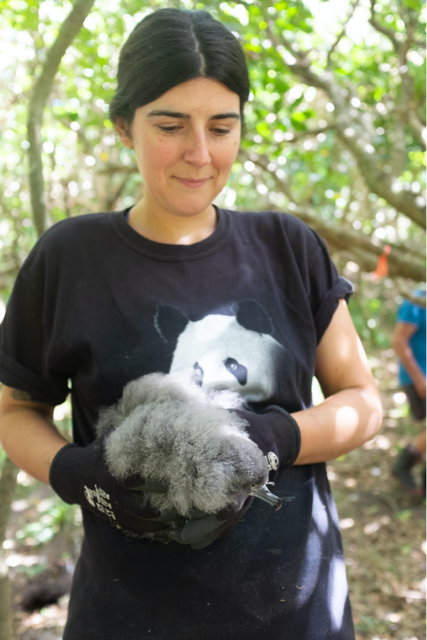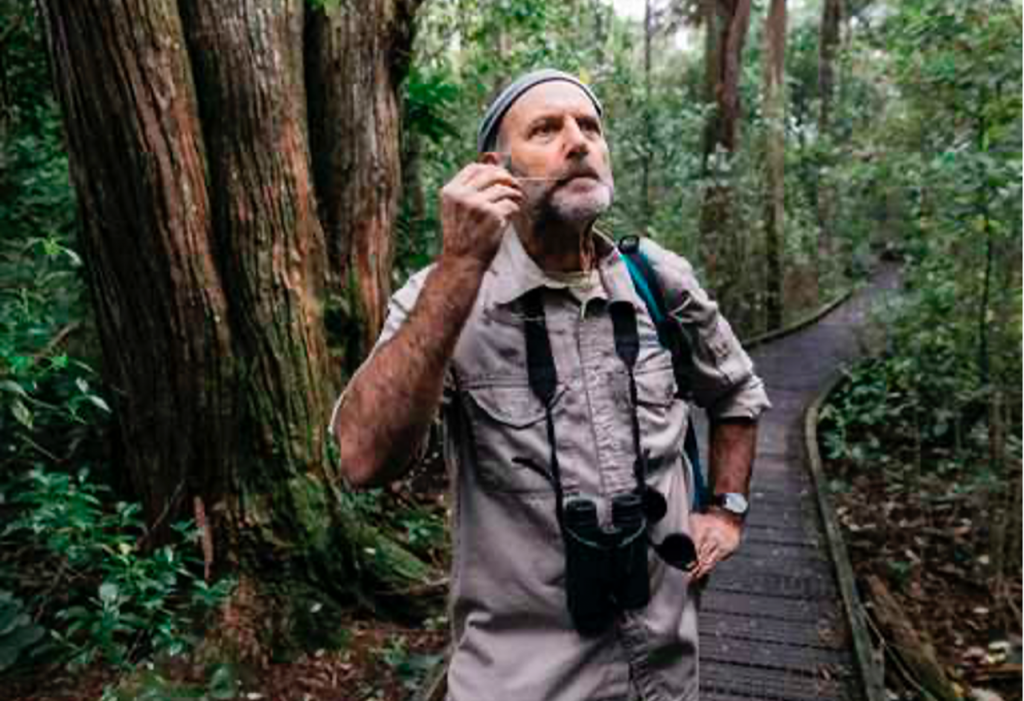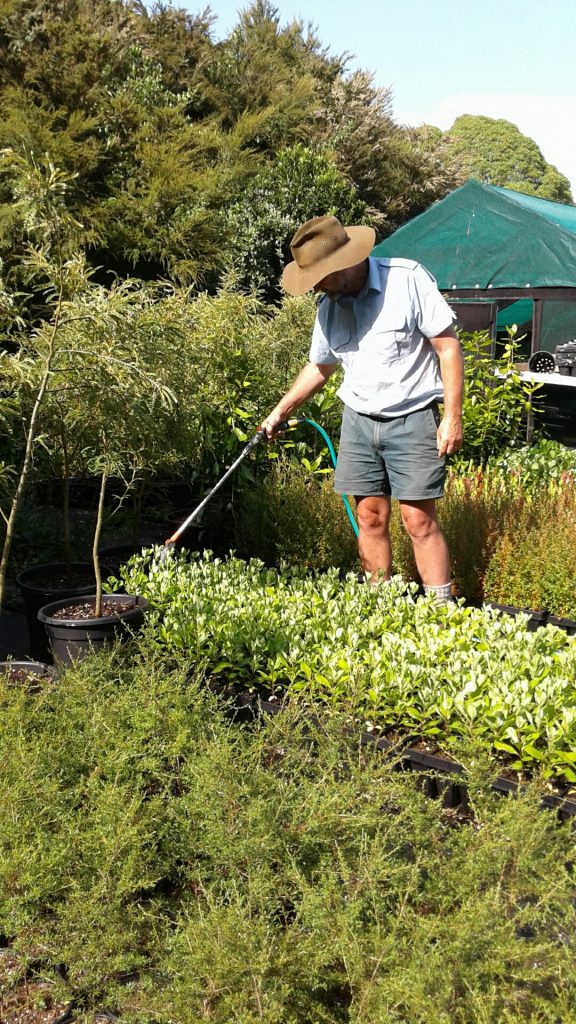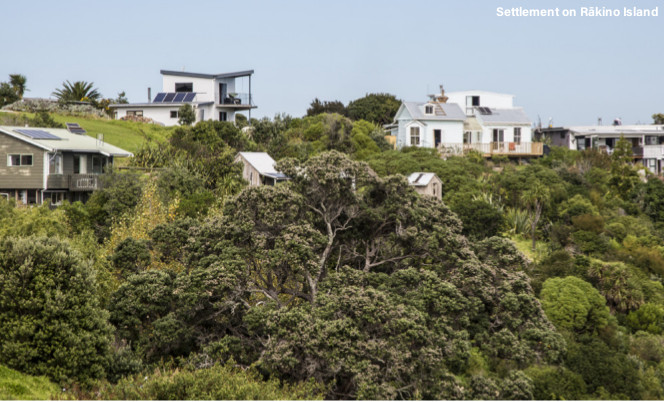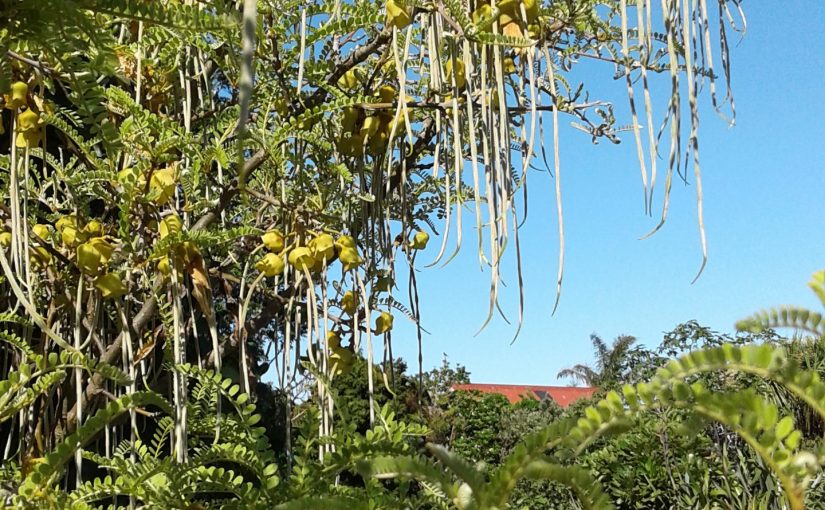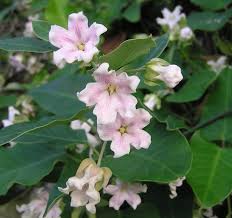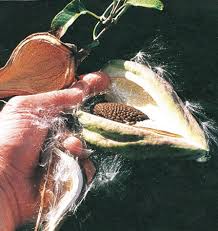The Rakino Island community has a couple of pressing issues requiring urgent attention. One is the ongoing problem of the undermining of our Hall by the unrelenting sea, and the other is our limited capability to deal with the unfortunate event of a fire.
The RRA committee is voluntary, and the weight of fire-fighting and Hall issues are reasonably heavy burdens to fall on a small number of shoulders. They are also complex, and require input from experts, and a lot of consultation with Council, and FENZ.
It’s a problem in small communities that it’s hard to get people involved in committees and volunteering generally, because most people are busy, hate going to meetings, and if you volunteer to do something you often get roped in further and further till you just start resenting the whole thing and regretting your initial enthusiasm. Another problem Rakino has is that we don’t have representation on the Waiheke Local Board. It’s easy to get overlooked and by-passed. Things can feel futile.
For a long time, the burden has fallen to the same people in our community. That burden could be lifted and shared equitably if more people could spare the time to participate. When we work as a team, we are more likely to see a resolution to the pressing issues, as opposed to endlessly re-litigating them year after year.
Your informed opinion and skills matter.
Below is an appeal to the community to get more involved in Rakino issues, penned by Kevin Wragge.
This website was originally set up to disseminate information, and facilitate some on-line democracy, so whether or not you agree with Kevin’s thoughts, any feedback would be greatly appreciated and welcomed.
Lisa.
Fire and Emergency Service on Rakino is at a crisis point. Your community needs you…. Now!
Politics is a tough game.
It can be divisive, explosive and more often than not unproductive.
When we stand on the side-line it seems the answers are obvious to all but a fool.
Get involved….and it’s not that easy, or so it seems.
The Rakino Rate Payers Association (RRA) is a case in point.
Nothing much seems to happen. They don’t hold meetings. They don’t issue minutes. They don’t even collect annual subscriptions. The AGM is a bit of a yawn… a push and play. We nevertheless know that some individuals like the current Chair, Chris Clews has done more than most for Rakino. He always puts his hand up. He’s a good guy…. he has passion for the place. He describes himself as the top of the tree. He accepts responsibility.
Should we care that nothing much seems to happen? After all we don’t like change!
Should we simply be grateful that a few of our neighbours feel they can contribute to a better Rakino, join the committee and allow them to do what they do…until of course it impacts on…. you…me …the cat…a wood pigeon…whom ever.
I personally couldn’t. I need to achieve.
The really impassioned and irate seem not to debate a problem over a fence but go instead to the top……Local Member of Parliament, Council…DOC…. or like me recently, the Waiheke Local Board. We know who they are. I’m putting my hand up.
May I acknowledge that I’m a thorn in the side of all RRA committees. Its politics after all. My mantra is; do something…anything…but whatever is done…you’re accountable…to me…. you…the cat and the wood pigeon. Some things don’t really matter. Some things however have serious repercussion.
The critical thing that we need to understand is; Councils, the Fire Service want to chew the fat with a representative of the community and in our case the RRA. They don’t want dissent. They want one voice. They want things rubber stamped or in our case put on the back burner for year after year, ad nauseum.
This leads to a very important point…just one of many.
Fire and Emergency Services on Rakino
The RRA has been told;
The organisational risk associated with untrained community groups firefighting is not acceptable.
We cannot provide training to community groups who are not registered volunteers. This would require the establishment of a volunteer fire force on the island, including all the requirements such as medicals, guaranteed turn out and response, maintenance of training currency and skills that will take up to 3 – 5 years to obtain.
The reason I am asking is to clarify some of the points discussed particularly around risk reduction and education options given training of volunteers, medicals, police checks, currency training and time required to train a Fire Fighter did not appear realistic to the group.
I need to reiterate we cannot expose untrained people to the risks associated with fire fighting or the operational risk to Fire and Emergency NZ.
I am happy to assist the Community in Fire Reduction and Education but cannot support any additional equipment to untrained and unqualified members of the public for Fire Response.
Should we care; damned oath we should care.
Are you aware that one Fire Lord has already been withdrawn from service?
Are you aware that the RRA, which doesn’t hold meetings, is in negotiation with Fire and Emergency Services and has ignored what is perceived as the risk to the community (you and me) and suggested some of us will be trained in good time? That’s the sum total of the RRA’s response…other than constructing a little shed.
Do you realize that Fire Services are saying the community should not be providing a first response but instead should await the attendance of trained personal from a Fire Station in Auckland which has that capacity at the time? One imagines they trundle down to terminal 3 at the Ferry Terminal and await the next Belaire ferry service…Wednesday though it may be.
We are expected to watch our property or that of our neighbour burn to the ground.
It seems to me that the focus is on risk, not of property but of people.
Fair enough but life suggests that in an emergency event, everyone will rush to help. It’s happened before and will happen again…unfortunately. It’s what we do.
I’ve got nowhere with the RRA or Fire and Emergency Services (and believe me I’ve tried) and in desperation have a approached the Local Waiheke Community Board to inform them of our predicament.
Its not for me to make decisions on behalf of the community but it seems to me that Rakino needs to establish an initial response of its own.
We need land on which to have all equipment in the one place out of the elements, a command centre, develop an emergency strategy, work out whether we could indeed meet the requirements of registered volunteers and receive FENZ support, purchase our own equipment, take control.
What do you think?
You may wish to;
Comment here.
Seek clarification from the RRA
Seek clarification from Fire Services; ‘Tawa, Dale’ <Dale.Tawa@fireandemergency.nz>
Express your concerns to the Waiheke Community Board Cath Handley (Waiheke Local Board) cath.handley@aucklandcouncil.govt.nz
This is something that cannot be ignored. We must get involved but in a constructive manner.
Kevin Wragge
